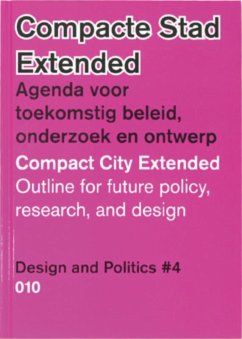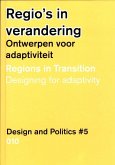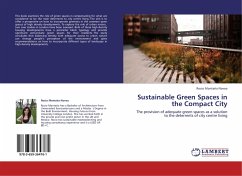The Netherlands first developed a policy on "the compact city" about 25 years ago, following the economic crises of the 1970s and the earlier policy of clustered dispersal. The four major Dutch cities in the western Randstad conurbation were then confronted with massive outflows of middle and higher-income residents. At the same time, there were new insights into the importance of strong cities in the emerging global network economy. Issues of rural sustainability, mobility and quality of life were also reconsidered in relation to this urban agenda. It was against this background that a national compact city policy took shape, beginning in the mid-1980s. Today we must redefine that policy in response to globalization, information technology, economic change and the growing importance of sustainable spatial development. This new context differs fundamentally from that of 25 years ago: less financing is available, and time-tested business models are breaking down and European environmental regulations have become more rigid. The articles in this collection take stock of the situation and explore a number of ways that a compact city policy can be meaningful and effective today. Contributors from the worlds of research, government, enterprise and design propose new alliances that can enable these different sectors to achieve their goals in partnership.
Hinweis: Dieser Artikel kann nur an eine deutsche Lieferadresse ausgeliefert werden.
Hinweis: Dieser Artikel kann nur an eine deutsche Lieferadresse ausgeliefert werden.









